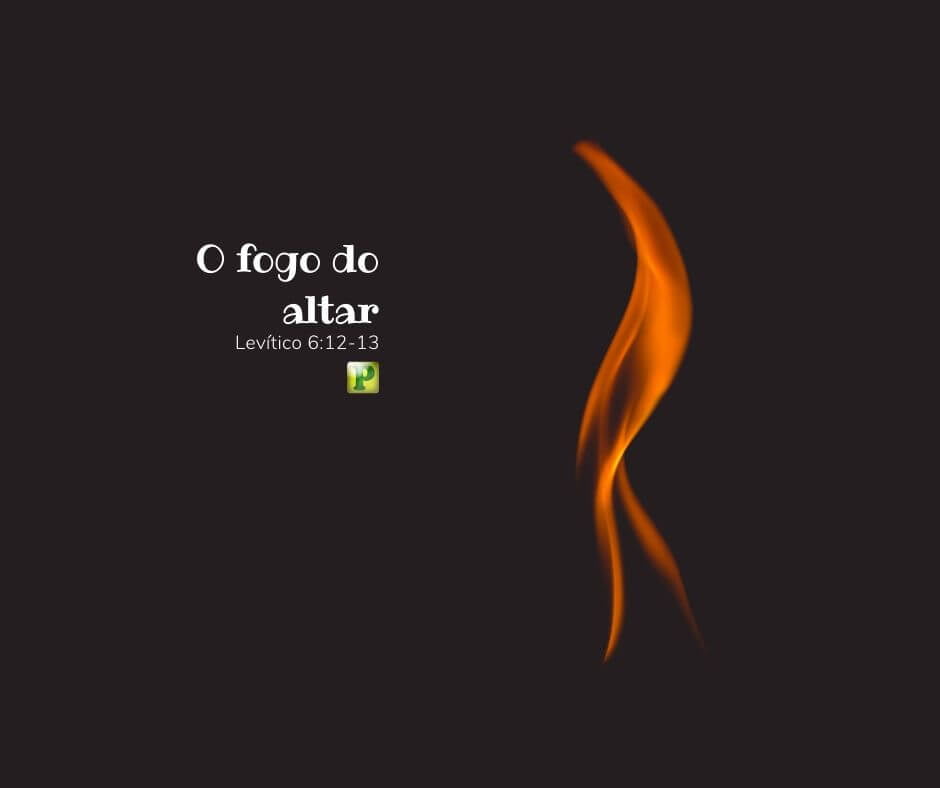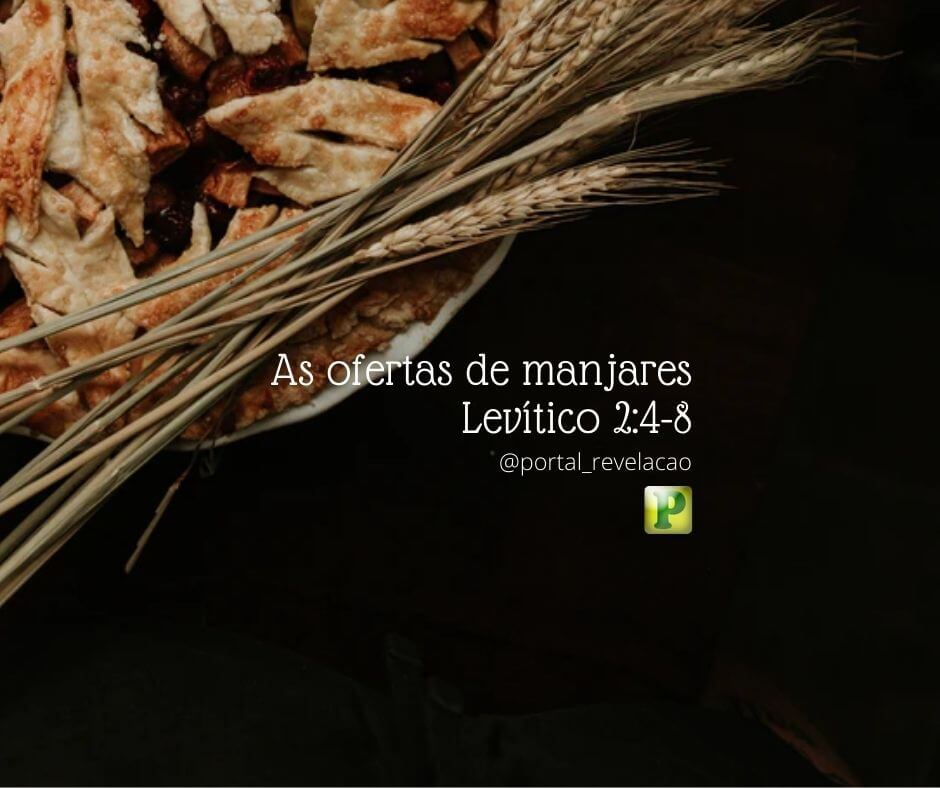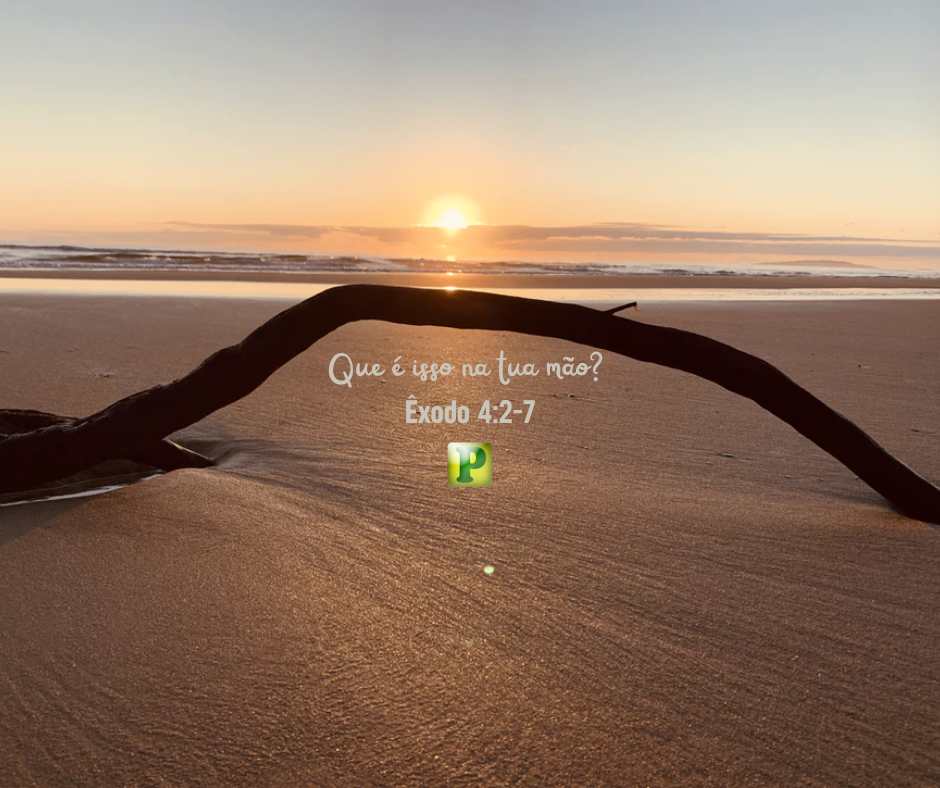He will offer you a flawless male…
Preaching Outline on Leviticus 1:3 – “If your offering is a burnt offering of cattle, you shall offer a male without blemish…”.
Leviticus 1:3 begins the detailed description of burnt offerings, the first of the five main types of sacrifices that God instructed the Israelites to offer. This verse specifies that, in order to be acceptable to the Lord, the burnt offering had to be of a male without defect from among the cattle, sheep or goats.
Introduction
Here are some important points about Leviticus 1:3:
- Context: This verse is part of the book of Leviticus, which details the laws and regulations given by God to the Israelites through Moses. The central focus of the book is the holiness and purity needed to approach God.
- Burnt offerings: Burnt offerings were a type of sacrifice completely burned on the altar, symbolizing total surrender and dedication to God.
- Male without defect: The requirement of a male animal without defect highlights the importance of offering the best to God. This symbolized the purity and integrity that God expects from his people.
- Types of animals: The permission to offer oxen, sheep or goats indicates that the offering should be made according to the capacity of the offerer. God cared more about the attitude of the heart than the material value of the offering.
In summary, Leviticus 1:3 introduces the concept of burnt offerings and establishes the basic criteria for these offerings to be acceptable to God. This verse, along with the rest of the chapter, reveals the importance of obedience, dedication and holiness in the relationship between God and his people.
Development
The animal that was offered as a sacrifice to the Lord for the atonement of sin could have no blemish, no defect and no broken bones.
The priest examined the animal before sacrificing it, to see if it would be accepted, and then immolated it in the sinner’s place, because the sinner bore the stain of sin, the defect that exposed and shamed him, and broken bones, because he had lost communion with God.
When making the sacrifice, the offerer would place his hand on the animal’s head and transfer all guilt to it and the animal would be immolated, bringing forgiveness and peace and restoring communion.
When the Lord Jesus was offered as a burnt offering, he was examined by the president Pontius Pilate (Matthew 27:2), who at the end “washed his hands saying, ‘I am innocent of the blood of this righteous man, consider this. (Matthew 27:24).
“I find no fault in this man” (Luke 23:4)
Herod also examined him and “said to them, ‘You have presented this man to me as a perverter of the people; and behold, when I have examined him in your presence, I find no fault in this man of which you accuse him'” (Luke 23:14).
For the third time Pilate said: “… what evil has this man done? I find no guilt of death in him” (Luke 23:22; John 18:38; John 19:4, 6).
The Lamb of God was without blemish, for he did not sin (2 Corinthians 5:21);
The Lamb of God was without blemish, but perfect before the Father;
The Lamb of God had no broken bones (John 19:36).
More Preaching Outlines
- And the Lord sealed it from the outside – Genesis 7:16
- The fire on the altar – Leviticus 6:12-13
- The Fig Tree – Luke 13:7






